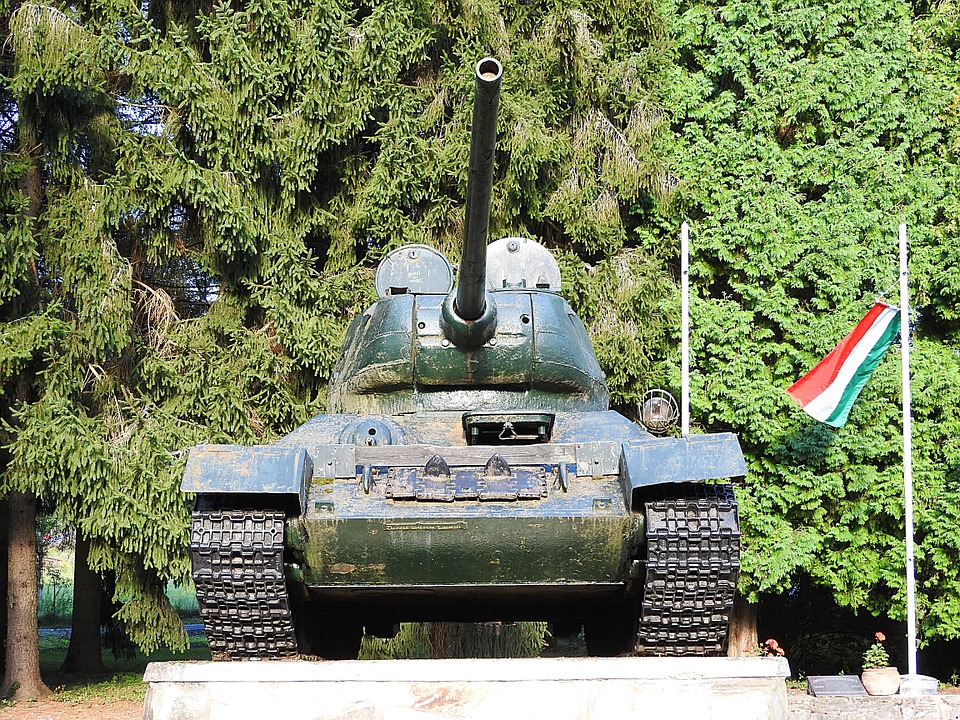If the T-34 was so capable, why did the Germans not copy it and mass produce it on their own?
The T-34 is a legendary USSR tank that served during WWII and numerous campaigns afterwards. Designed by engineer Mikhail Koshkin, it was fast-moving, economical, well-protected, and easy to build and maintain. So, if the T-34 was so successful, why did the Germans not copy it and put it on the production line? To answer this question we should first look into the details of the tank’s construction.
The new T-34 first went into service to replace the old BT tanks and the T-26 in late 1941. Equipped with thick slope armor that enhanced its strength, the T-34 outperformed its early German counterparts. The Germans were impressed by its speed and strength.
However, after a formal engineer’s review of several captured T-34s, the Germans evinced a number of drawbacks that encompassed poor quality assembly, low carrying capacity, and diesel sensitivity to dust and sand. In my opinion, this was the main reason why the Germans did not attempt to copy the T-34 in the first place.
From 1942 until the end of WWII, Germany designed numerous sophisticated tank models, including four versions of the Panzer V Panther and two versions of the Panzer VI Tiger. They possessed tremendous firepower, excellent off-road capabilities, and targeting sights.
The T-34’s success was a blow to the Nazis’ vanity; for that reason, they could not simply reuse its design. Instead, they tried to demoralize the Red Army by improving their own tank industry. Unfortunately, the construction of German tanks required expensive equipment that in some cases was produced in haste due to rushed delivery orders. As a result, by 1944 the tanks lacked reliability and were mostly exploited by anti-tank devices.
To sum up, the German army chose the path of technical modernization and variety, while the USSR stuck to simplicity and reliability. It was vital for the Red Army to dislodge the enemy no matter the cost, but the Nazis desired to demonstrate technical and mental superiority over their enemies. Therefore, blind imitation was not enough for them.

Leave a Reply